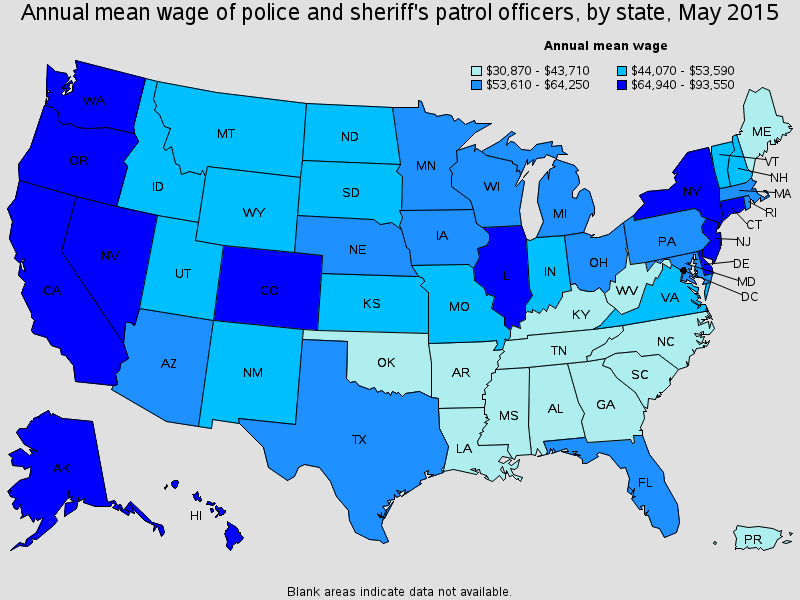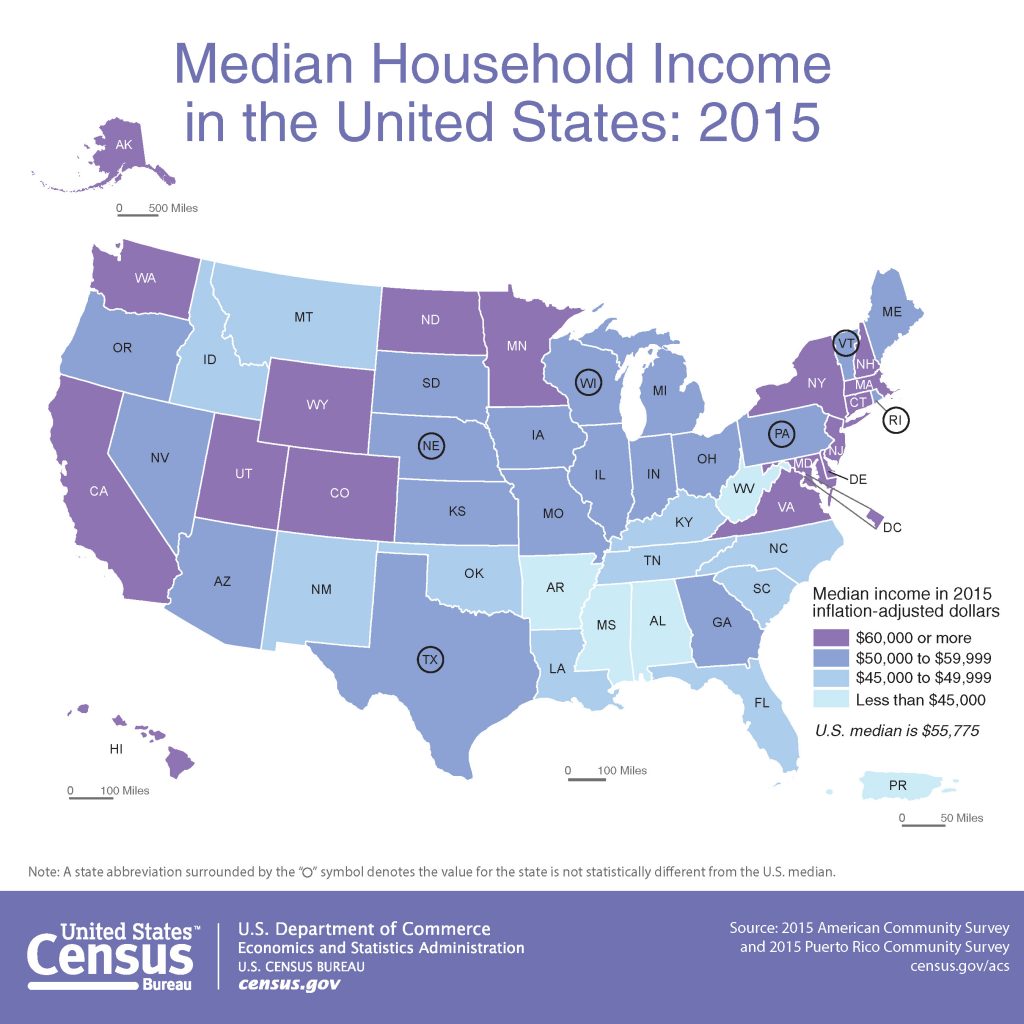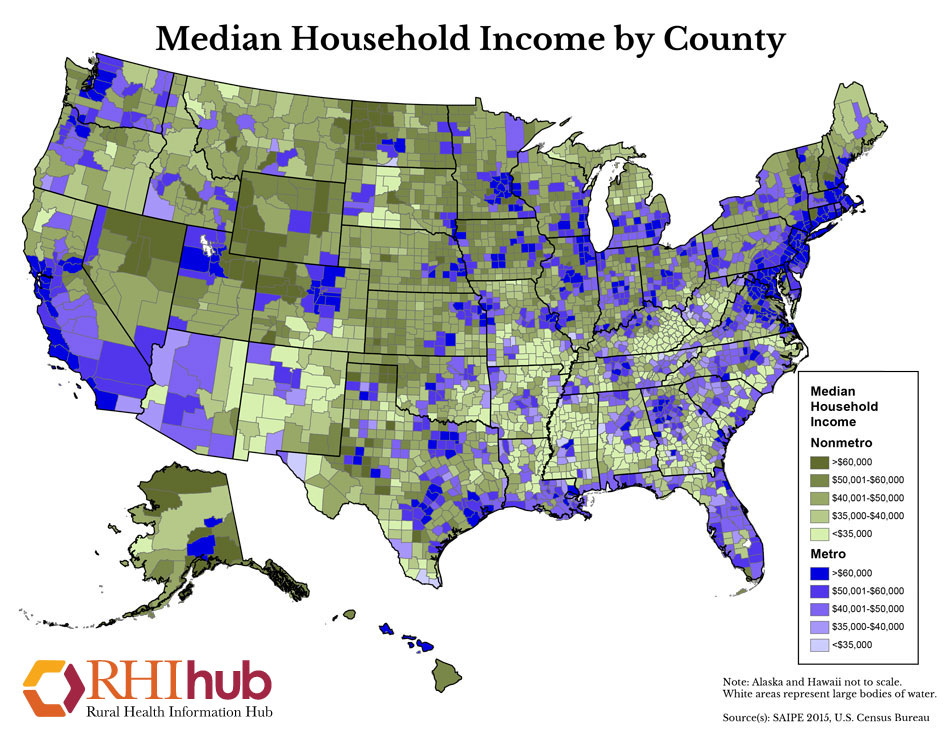
By Charles Bausman
Law Enforcement salaries in the United States have a surprisingly wide range dependent on locality and departments. A 2014 NBC profile of a officer in Hillsdale, Missouri showed a officer struggling to make ends meet as he earned $23,000 a year, nearly half of the median household income in the country.
Patrol officers often deal with the worst of society in their day to day duties. The profession is clearly challenging and increasingly scrutinized by the public, all while mostly being taken for granted by the common American.
Americans expect a rapid and professional police response when a crime is committed no matter where you are, yet law enforcement salaries range drastically across the nation.
Local LE Salaries
The challenges for municipalities to pay their officers a competitive wage can be dependent on the economic health of the area. If the population does not have a viable tax base (i.e. low income/high unemployment rate communities), then the police salary which can be offered will clearly be on the low end of the spectrum.
Unless provided with additional federal grant money, very little can be done to pay officer’s a competitive salary in a low income area.


As might be expected, the inverse holds true in areas of higher average income and wealth. San Jose, CA offers the highest paying average salary at $55 hourly, or $114,520 annually. It also happens to have highest median income of any major city in the country.
Meanwhile, local law enforcement salaries in the southern region of the United States falls well below the rest of the country. Police and Deputy Sheriff’s in South Carolina average beginning salary was $35,00, a stark contrast to San Jose. South Carolina ranked forty-fifth in the nation for income rank, and forty-eighth for taxes paid per capita. While the cost of living is significantly in most areas of South Carolina in comparison to San Jose, this huge gap represents the effect of the state and local tax base on law enforcement salaries.
While the San Jose example is an outlier in salary, it does represent a significant problem for small departments in historically low income areas. Any police officer can be easily tempted to gain employment in higher income neighboring cities or counties, leaving the their original departments with little to offer and generally undermanned.
The Brookings Institute conducted research which shows that low income families are far more likely to endure higher rates of violent crimes in the community. This shows an obvious problem with law enforcement salary and retention, where salaries are likely to be significantly less and endure higher rates of police attrition.
The incentives for police to stay in more violent areas for less pay is minimal beyond their loyalty to improve a neighborhood they may be tied to.


A study conducted by Alexandre Mas titled “Police Pay and Performance” displayed a positive relationship between police arbitration which meets the requirements of the police force (and representing unions) and crimes cleared. When police arbitration does not meet the needs of the police force, it resulted in a 5.5% reduction in reported crime rates.
While metrics of police effectiveness is debated (number of arrests, total amount of crime, and community surveys on police relations are examples), it is not a stretch to assume that a higher paid officer is likely to make better decisions in high stress environments, and less susceptible to corruption. Stable finances create a less stressed officer at home, which would arguably carry over to workplace performance.
While the nationwide mean police salary ($52,480) is competitive with other public service positions, it is quickly outpaced by other professions in the private sector with far less stress and risk.
Sources
https://www.ruralhealthinfo.org/rural-maps/demographics
https://www.census.gov/library/visualizations/2016/comm/cb16-158_median_hh_income_map.html
http://www.bls.gov/oes/current/oes333051.htm#st
http://www.census.gov/newsroom/press-releases/2016/cb16-158.html
http://city-salaries.careertrends.com/stories/5417/best-paying-cities-police-officers
http://www.nber.org/digest/jan07/w12202.html
https://ric-zai-inc.com/Publications/cops-p199-pub.pdf
https://wallethub.com/edu/richest-and-poorest-states/7392/
